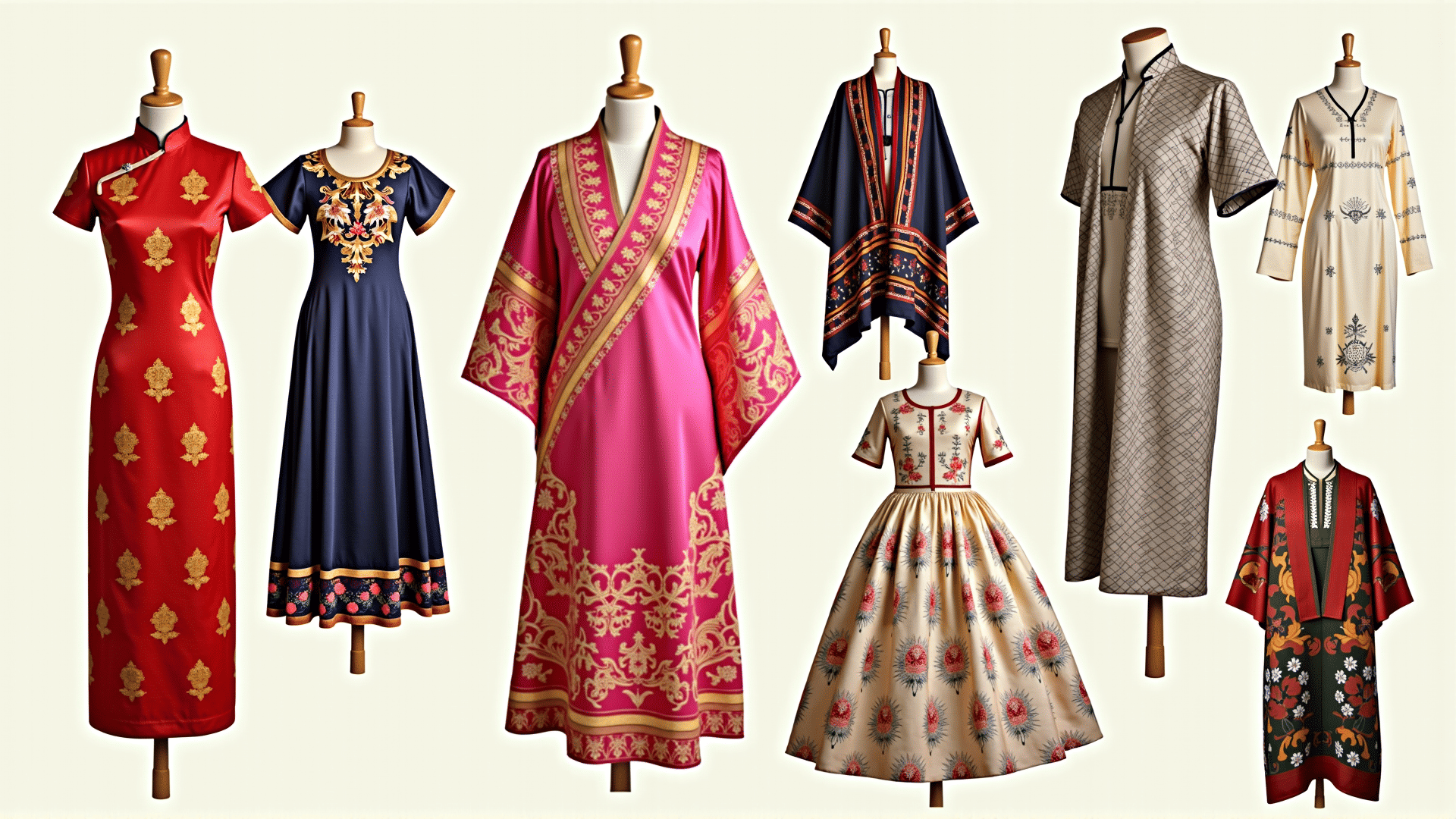Immigrants have had a profound impact on the American fashion landscape, transforming it into a vibrant, multicultural tapestry that reflects a wide array of traditions and histories. By introducing their traditional attire and textiles, immigrants have enriched American fashion, creating a dynamic fusion of styles and influences.
From the intricate embroidery of South Asian garments to the vibrant patterns of African textiles, these cultural elements have found their way into the mainstream, enhancing the aesthetic diversity of American clothing. For instance, the sari, a staple of Indian attire, has inspired countless designers to incorporate its flowing elegance into their creations. Its influence can be seen in the development of draped dresses and tunics that echo the graceful lines and silhouette of this traditional garment.
Similarly, textiles from Africa, such as the kente cloth with its vivid colors and geometric patterns, have not only been celebrated for their beauty but also for their cultural significance. These textiles carry stories, symbols, and meanings that communicate history and values. By integrating such elements into their work, designers pay homage to these rich traditions while also creating garments that speak to the global nature of contemporary style.
Eastern European and Russian immigrants have brought with them their own unique contributions, including detailed needlework and patterns that speak to historical and cultural narratives. The distinctive floral motifs and embellishments often seen in Russian attire are now present in high-fashion collections, symbolizing a blend of past and present.
Migration has also brought innovations in the use of materials. Latin American cultures, for instance, have introduced the use of vibrant, sturdy fabrics like those used in traditional woven garments. These materials are celebrated for their durability and bright, vivid colors, adding another layer to the diverse offerings of the American fashion scene.
Beyond textiles, the influence of immigrant communities is evident in the spaces where fashion is experienced and celebrated. Ethnic neighborhoods across major American cities are not only home to boutiques offering traditional attire but also serve as incubators for new styles that draw on the rich cultural tapestry of their surroundings. These areas become melting pots where fashion reflects the everyday interactions and shared experiences of diverse communities.
Furthermore, the narratives and lived experiences of immigrant designers add depth to their designs, often reflecting themes of identity, home, and adaptation. Through their work, they tell stories that resonate with a broad audience, bringing a personal and human element to the world of fashion.
In conclusion, immigrants have played a pivotal role in shaping American fashion. Their traditional attire and textiles have not only enriched the country's sartorial choices but have also fostered an environment where style serves as a vehicle for cultural expression and dialogue. This blending of influences continues to evolve, ensuring that the American fashion scene remains as dynamic and diverse as the people who contribute to it.
